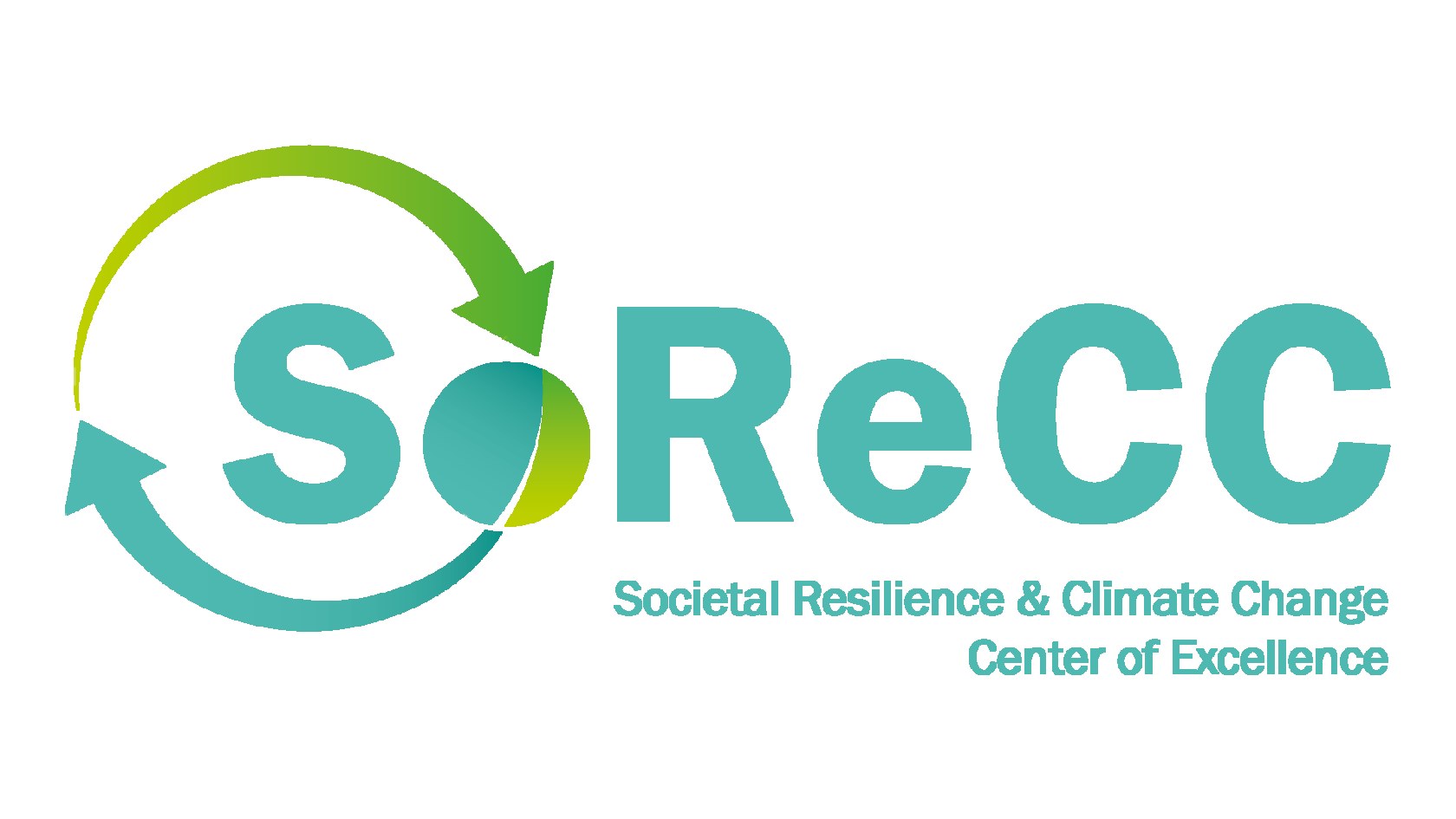Manage cookies
Cookie Settings
Cookies necessary for the correct operation of the site are always enabled.
Other cookies are configurable.
Other cookies are configurable.
Nethelix

Europe’s industry and economy depend on a secure access to many commodities. In 2020, the EC updated its list of critical non-energy non-agricultural raw materials (CRMs), based on scarcity of supply and importance to EU industry. Today, the list includes: Antimony, Fluorspar, Magnesium, Silicon Metal, Baryte, Gallium, Natural Graphite, Tantalum, Bauxite, Germanium, Natural Rubber, Titanium, Beryllium, Hafnium, Niobium, Vanadium, Bismuth, HREEs, PGMs, Tungsten, Borates, Indium, Phosphate rock, Strontium, Cobalt, Lithium, Phosphorus, Coking Coal, LREEs, Scandium.
Securing sustainable access to CRM, is of high importance for the EU economy. However, the EU is confronted with a number of technological and environmental challenges along the entire production value chain of primary and secondary raw materials.
NetHelix demonstrates in real life settings a toolbox of new technologies for automating and streamlining the extraction process, taking advantage of deposits through mining and waste deposits processing methods, maximising efficiency, reducing waste production, and increasing environmental and human health and safety.
Towards this direction, NetHelix aims to:
The NetHelix technology toolbox will be demonstrated at open and underground mines in France, Greece, and Bulgaria
SoReCC participates in the NetHelix interdisciplinary consortium, which combines the resources of 21 partners from 8 countries across Europe, each excelling in their respective field. SoReCC brings to the consortium its considerable expertise in resilience assessment and business continuity aspects.
In particular, SoReCC leads theTask “Holistic operational risk assessment & continuity planning”. This task aims to identify high-risk situations in near-real time via the concurrence of multiple factors conducive to reduced worker, asset, and system safety, acting as an early warning system to raise red flags on the basis of risk and ensure business continuity. It employs a fully-probabilistic surrogate model of the mining operation and the NetHelix system, formed upon available models and monitoring data, able to simulate the interaction of equipment and workers. This is leveraged by an uncertainty-aware risk and vulnerability assessment framework, whereby the individual processes and their external dependencies that constitute the mining workflow are probabilistically rated.
All inherent uncertainties are propagated through the operational model to assess the risk at every step of the process and quantify the potential downtime. Appropriate decision-trigger thresholds are placed, incorporating industry standards and user preference to ensure compliance with regulatory mandates and practices. The output of ORAS is used to inform the Decision Support System, continuously offering risk ratings for processes, workers and equipment, as well as optimized business continuity plans as an input for decision support.
For more information, please visit NETHELIX Website.
Securing sustainable access to CRM, is of high importance for the EU economy. However, the EU is confronted with a number of technological and environmental challenges along the entire production value chain of primary and secondary raw materials.
NetHelix demonstrates in real life settings a toolbox of new technologies for automating and streamlining the extraction process, taking advantage of deposits through mining and waste deposits processing methods, maximising efficiency, reducing waste production, and increasing environmental and human health and safety.
Towards this direction, NetHelix aims to:
- Develop a comprehensive technology toolbox
- Significantly enhance the efficiency and sustainability of mining operations
- Deploy green and automated machinery and connecting cyber and physical systems and devices to extract valuable insights
- Improve the overall decision-making processes
- Better address health and safety aspects, environmental concerns, increased automation, predictive maintenance, resource efficiency and real-time coordination of operations.
The NetHelix technology toolbox will be demonstrated at open and underground mines in France, Greece, and Bulgaria
SoReCC participates in the NetHelix interdisciplinary consortium, which combines the resources of 21 partners from 8 countries across Europe, each excelling in their respective field. SoReCC brings to the consortium its considerable expertise in resilience assessment and business continuity aspects.
In particular, SoReCC leads theTask “Holistic operational risk assessment & continuity planning”. This task aims to identify high-risk situations in near-real time via the concurrence of multiple factors conducive to reduced worker, asset, and system safety, acting as an early warning system to raise red flags on the basis of risk and ensure business continuity. It employs a fully-probabilistic surrogate model of the mining operation and the NetHelix system, formed upon available models and monitoring data, able to simulate the interaction of equipment and workers. This is leveraged by an uncertainty-aware risk and vulnerability assessment framework, whereby the individual processes and their external dependencies that constitute the mining workflow are probabilistically rated.
All inherent uncertainties are propagated through the operational model to assess the risk at every step of the process and quantify the potential downtime. Appropriate decision-trigger thresholds are placed, incorporating industry standards and user preference to ensure compliance with regulatory mandates and practices. The output of ORAS is used to inform the Decision Support System, continuously offering risk ratings for processes, workers and equipment, as well as optimized business continuity plans as an input for decision support.
For more information, please visit NETHELIX Website.
